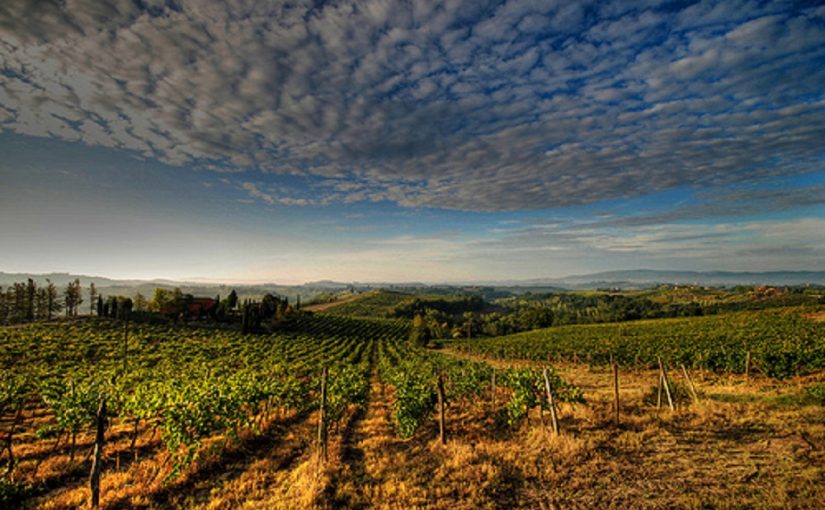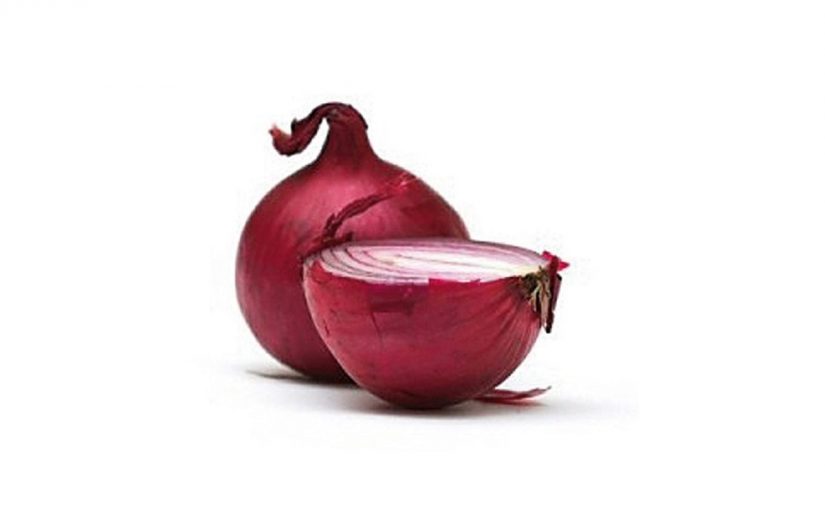24.4.2019
WINES OF CALABRIA
Calabria is a beautiful region of southern Italy, rich in history and traditions, which boasts a vast material and immaterial cultural heritage. Bathed by the clear waters of the Ionian Sea and the Tyrrhenian Sea, it is separated from Sicily by the Strait of Messina. The mild climate, the beautiful colors of the sea, the rocky coasts alternating with sandy coasts, its wild and mysterious nature, the intense and genuine flavors of the local cuisine and the testimonies of its ancient origins make Calabria a unique place to admire both in winter and in summer.
The ancient Greeks knew Calabria as Enotria, “Land of wine”, and the Calabrian wines were offered as a prize to the winners of the Olympics. In more recent times, the phylloxera epidemic has given a severe blow to the Calabrian viticulture, in fact for many years the Calabrian wines have been relegated as cutting wines, and it is only in recent years, thanks to the stubbornness of many local winemakers, that the qualitative level has come back to previous times.
MAP
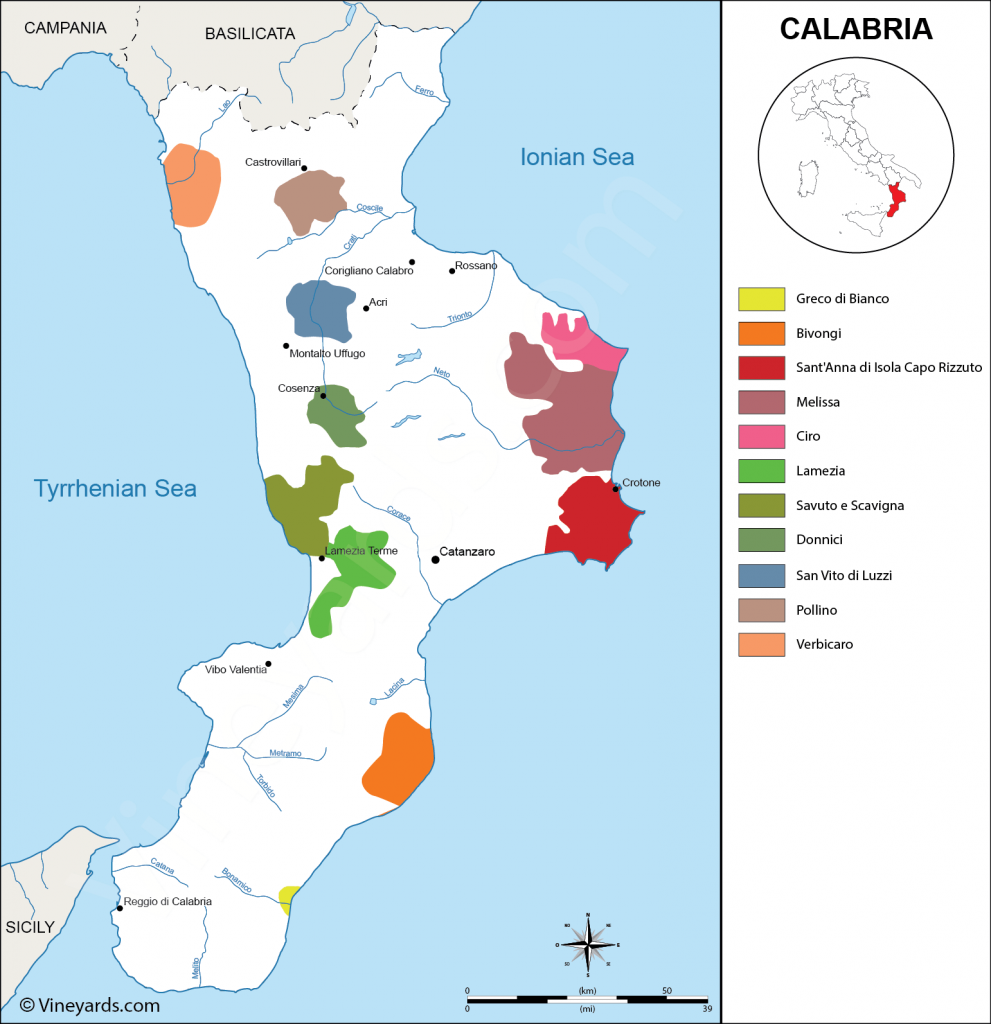
Map of Wines Production Areas
The main viticultural areas of Calabria are the Cosentino (near Cosenza, see the map), Lametino (surrounding Lamezia Terme), Cirotano (near Crotone) and Locride (the tiny yellow area of production of Greco di Bianco wine).
The area of Cosentino, located north of the region bordering with Basilicata, is the most extensive production area, where viticulture has recovered the hills between 500/700 meters.
The denomination Donnici wine has been absorbed by the new one, Terre di Cosenza DOC, with its seven Subzones, and it has given a new impulse and reconfigured in 2011 the viticulture of all northern Calabria, merging the historical certifications, DOC and IGT, of this province and putting order in a myriad of vines and ancient areas. For example, in recent years the most widespread vine, Magliocco Canino, has been included in Terre di Cosenza and revalued, which is expressed in a wine rich in color, with a powerful structure and incisive aromas of blackberry and spices of the Crati Hills (called Terre di Cosenza – Sub-hills of the Crati DOC), while lower chromatic concentrations and excellent balance is present in the Valle dell’Esaro wine (Terre di Cosenza Subarea Esaro DOC). Also in this area are produced light rosé wines and ready to drink. In addition, vineyards that reach 800 meters give white wines elegant and fragrant, fresh and young to drink, based on Greco Bianco and Guarnaccia, used in purity or in blends. A gem is the Moscato di Saracena, a sweet wine with toasted hints, traditionally produced with dried Moscatello and reduced must for the concentration of Guarnaccia and Malvasia.
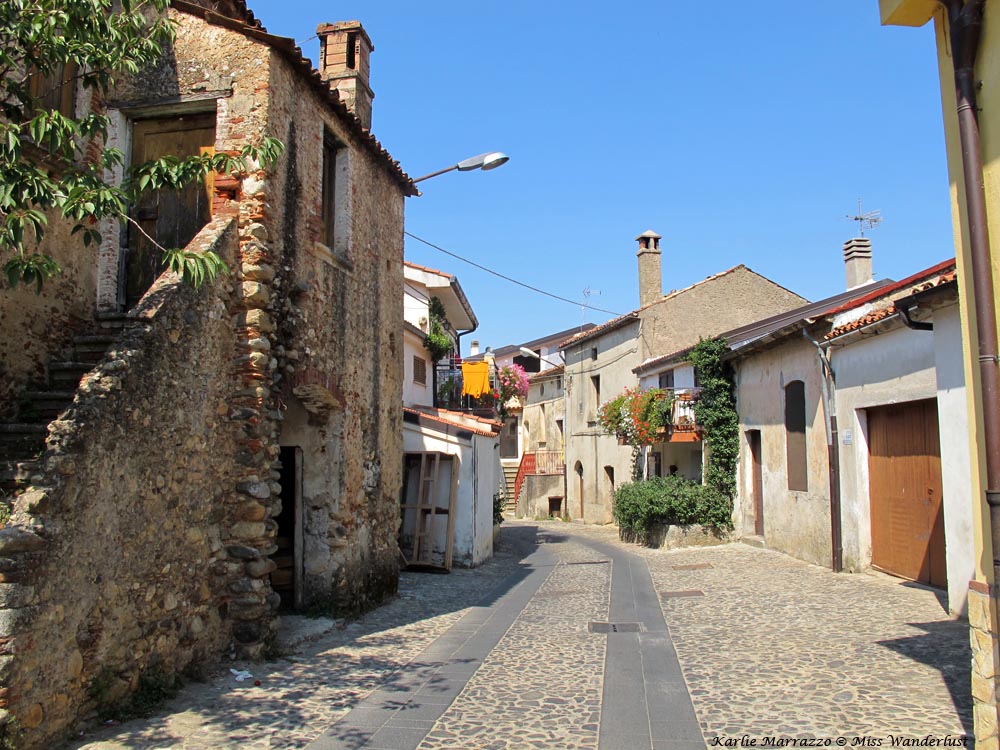
Along the course of the Savuto, natural border of the province of Cosenza to the south and territory of the denominations Savuto DOC and Lamezia DOC, there is the well known Magliocco dolce – here identified as “arvino” -, to which is flanked Gaglioppo, Greco Nero and Aglianico inside the less known Scavigna DOC, while for the white wines Trebbiano Toscano, Malvasia Bianca, Chardonnay and Traminer Aromatic grapes are used.
The Ionic side, in the province of Crotone, is the realm of the Cirò DOC denomination, first in terms of numbers and diffusion, whose wine is produced with Gaglioppo grapes. The rebirth of this wine – which the ancient Greeks called “Kremisi” – is recent history and is the result of lower yields per hectare and better production technologies. Until a few years ago Cirò DOC was endowed with a strong alcoholic component and aggressive tannins, but today, while maintaining shades that fade quickly in the orange and quite transparent, it offers a warm taste but with an appreciable tannin. Rosé wines obtained from Gaglioppo grapes are also interesting, fresh and fragrant with rosehip and raspberry.
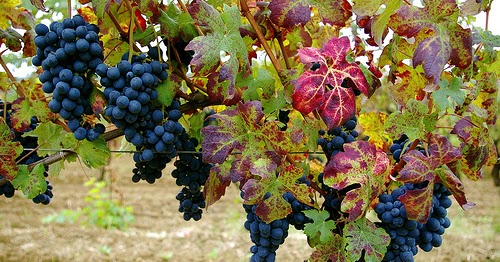
In the area of Reggio Calabria, area of the denomination Bivongi DOC, the blends are obtained from international vines and ancient grapes, among which the Greco Nero and the Nocera stand out, together with Nerelli Mascalese and Cappuccio, which give simple wines and others that, on the contrary, give their best after aging.
Locride is a land of rare wines. From the slopes of the Aspromonte towards the edge of the coast that overlooks the Ionian Sea, the Mantonico is subjected to a slight drying for the production of a sweet and fresh wine, while not far away, in the municipality of Bianco and only in part of that of Casignana, the Greco Bianco di Bianco has found the ideal terroir to give the famous sweet wine, which is almost impossible to find elsewhere. The bunches are greedy for care, but they are stingy with fruits, they dry on trellises in the sun for 10-15 days and give a sweet and soft wine, which gives Mediterranean aromas like orange blossom, bergamot, apricot, honey and sage. This Greco di Bianco DOC is a true enological gem produced in very few bottles.
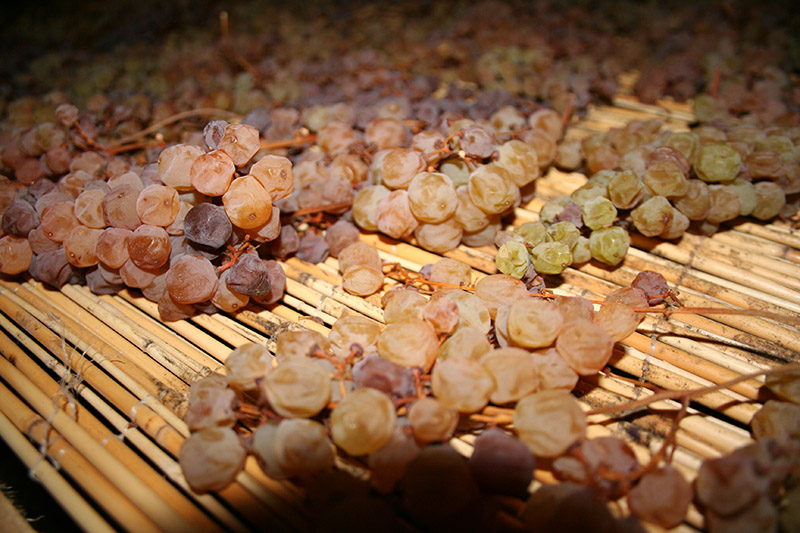

SMAF LTD
Explore our products, coming from CALABRIA. Order the food and beverage products that allow you to explore the Mediterranean diet of a remarkable region. Surrounded by two seas and adorned with pine forests, mysterious villages, natural habitats, and rich biodiversity. Discover handcrafted delicacies that embody the soul of the land: sun-ripened fruits, premium olive oils, bold wines, artisanal cheeses, and traditional cured meats, all crafted with passion and authenticity.
CLIMATE AND TERRITORY, VINE GROWING SYSTEMS
Calabria is a beautiful region of southern Italy that stretches along an impervious and difficult territory. It is bathed by the Tyrrhenian and Ionian seas and is characterized by narrow valleys modelled by rivers and mountains that divide it into two, making the climatic conditions between the Ionian and Tyrrhenian sides really different.
The climate in the areas around Cosenza is continental, so that the wine-growing areas are subject to intense temperature variations which are particularly favorable for the cultivation of white grapes, which improves the bouquet expressed in the wines.
In the mountainous areas of the Sila the thermal excursions are attenuated by warmer temperatures, influenced by the scirocco winds and the tramontana, which enrich the sugary components of the grapes grown on the hills of the well known Cirò.

Along the coast, the Mediterranean climate influences the innermost vineyards of the granite Aspromonte up to those of the Costa dei Gelsomini (near Reggio Calabria), where the historic Greco di Bianco finds the ideal conditions for the production of wines of excellent quality.
Other differences are also found in the composition of the land: in fact, from the vineyards cultivated in the terraces – composed mainly of limestone soils of volcanic origin – we obtain dense and structured wines whose powerful tannins offer optimal conditions for medium-long evolutions. Argillaceous-calcareous formations of the hills of the Ionic side favor Gaglioppo and the production of slightly colored, sapid and mineral red wines.
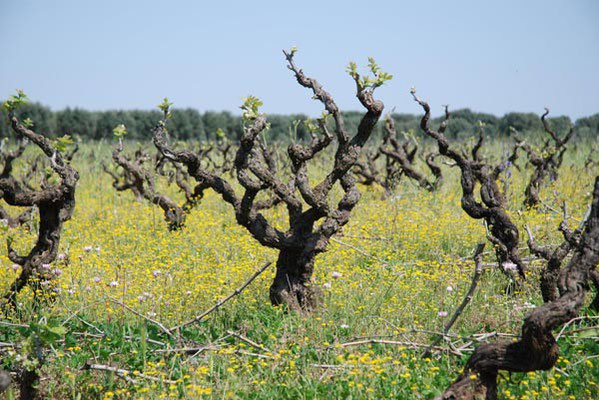
The vine growing systems practiced in Calabria are mainly spurred cordon, but the historical cultivation in Alberello is among the most widespread compared to the oldest ones (especially for the Cirò wine).

